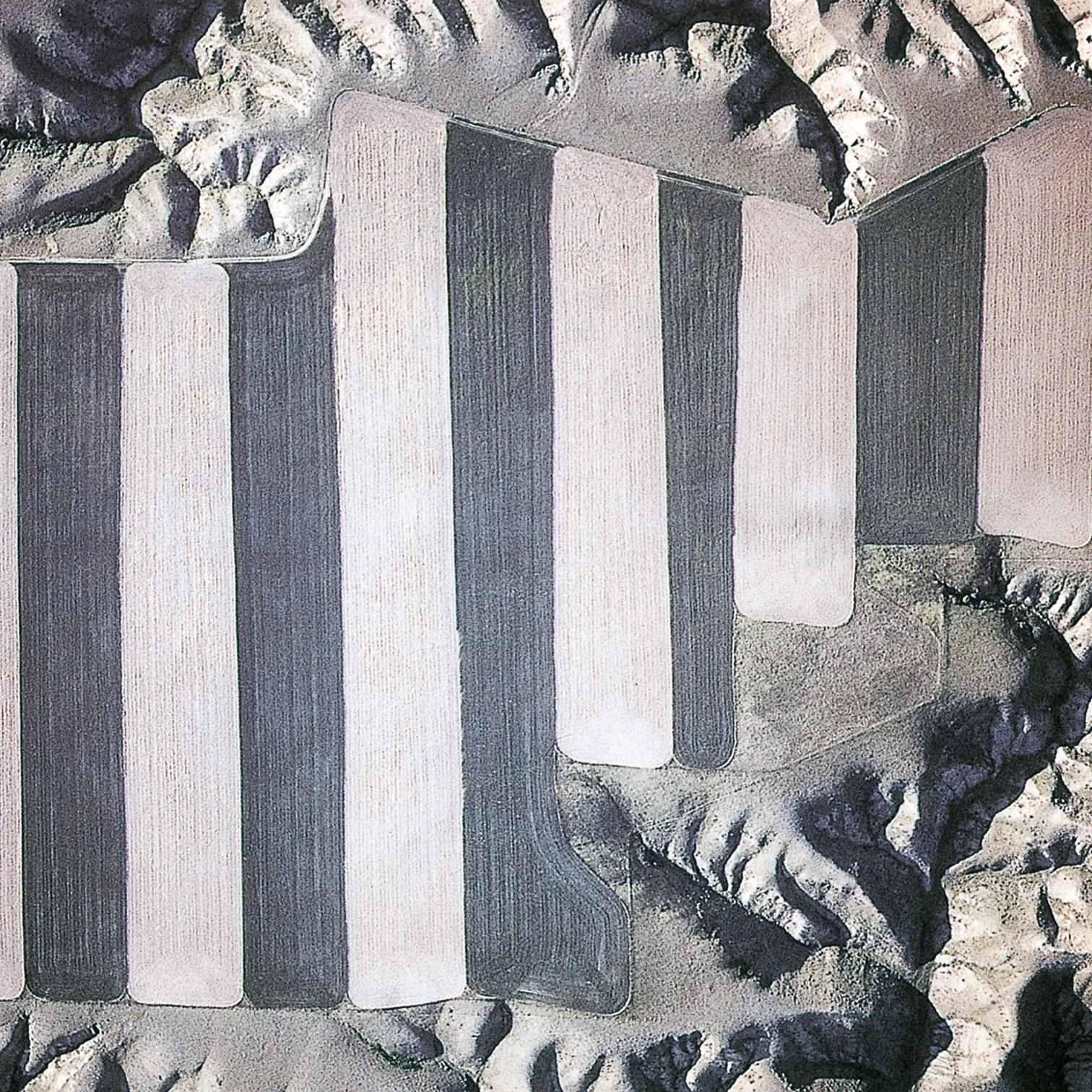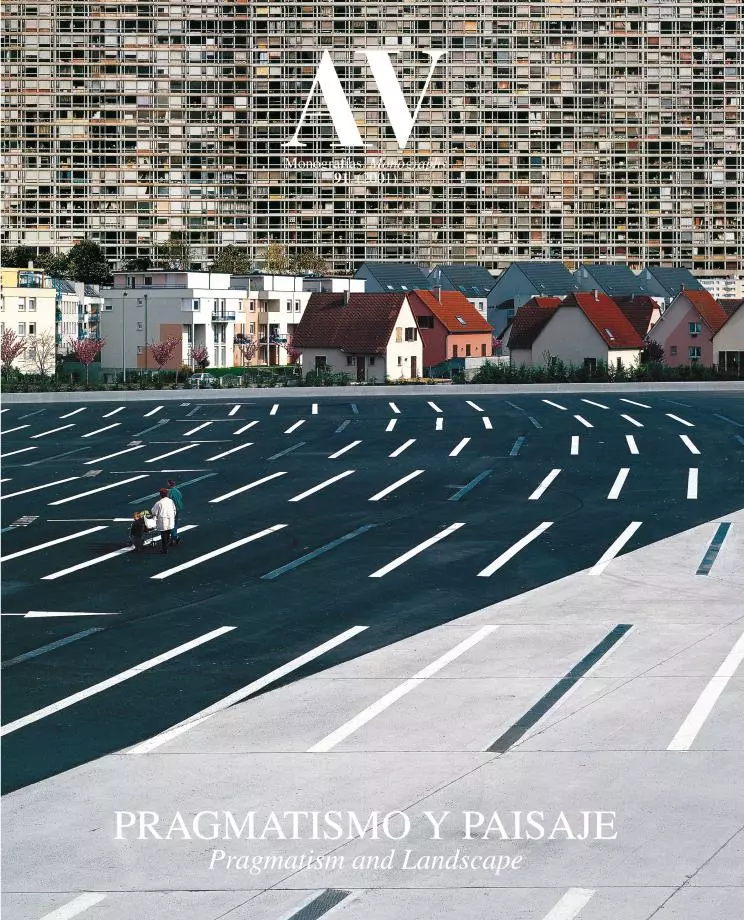Alex S. MacLean: The Measures of Landscape

Landscape photography is an established genre of artistic representation. Photographers from Gustave Le Gray to Carleton Watkins to Ansel Adams have approached landscape in their own way, reflecting the cultural sympathies of their age, yet acknowledging, by repeating or rejecting, the pictorial conventions of the image makers who came before.
To break landscape photography into its components, however, to speak of “landscape” and “photography" as independent elements only occasionally drawn together to form one stable compound, is to confront two vast quarries of different ores. Landscape and photography are nearly incomparable fields of interest, and yet they share certain affinities. Like magnets, they are mutually resisting in one position, mutually attracting in another. Landscape, a living body, spatially unlimited, exploitable, ownable, yet indestructible, is the object of our most heated controversies. Photography, its transparency as a medium belying a tendency toward opacity and distortion, its penchant for documentation unable to repress a powerful aesthetic character, is our visual common coin for the exchange of ideas. If there is a word that links the two it is this: naturalism. Landscape and photography share an objectified clarity; they both seem to reaffirm that which we already know. The breadth of knowledge required to “read” a photograph of a landscape would seem to be as dauntingly broad as it is reassuringly natural... [+]





